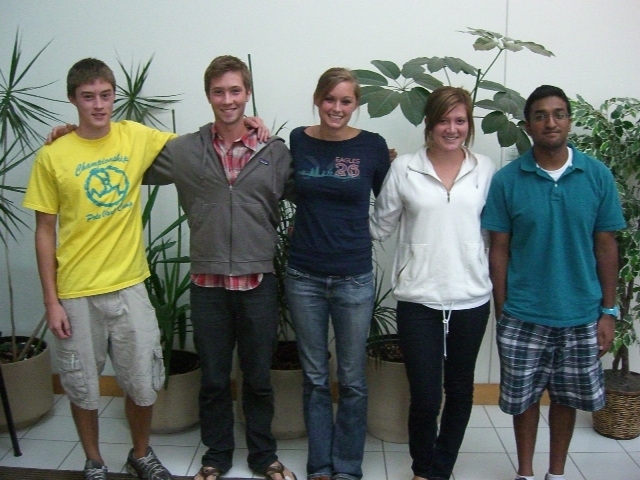Development of force sensing forceps for the prevention of tissue damage during pediatric surgical procedures
Project Overview
Forceps are an essential tool in surgery and are used extensively. However, little is known regarding the magnitude of the forces exerted on tissue due to forceps use. Currently, clinicians gain experience and learn how to apply appropriate levels of clamping force through training, much of which is done on patients through a trial and error process. This is of particular concern for pediatric procedures, where delicate tissues and small anatomical features can be prone to injury. To facilitate clinician training in the proper use of forceps, as well as providing a valuable clinical research tool, this project seeks to develop a prototype force-sensing forceps capable of measuring and displaying applied forces. The design project will include (1) mechanical forceps design, including user ergonomic considerations, (2) forceps biocompatibility and sterilization, (3) embedded force sensor design, including clinical need finding in regards to the forces to be measured (e.g. clamping force, retraction forces, etc.), (4) develop a suitable method to communicate the measured force levels to the physician (e.g. visual display, vibrotactile feedback, audio, etc.), and (5) power and signal conditioning electronics (optional pending interest).
Team Picture

Files
- Final Paper (December 10, 2010)
- Final Poster (December 10, 2010)
- Preliminary PDF (September 16, 2010)
- Midsemester Paper (October 19, 2010)
- Midsemester Presentation (October 19, 2010)
Contact Information
Team Members
- Karin Rasmussen - Co-Team Leader
- Kelsey Hoegh - Co-Team Leader
- Vinodh Muthiah - Communicator
- Tanner Marshall - BSAC
- Stephen Young - BWIG
Advisor and Client
- Prof. John Webster - Advisor
- Dr. Michael Zinn - Client
Related Projects
- Spring 2011: Sensing Forceps
- Fall 2010: Development of force sensing forceps for the prevention of tissue damage during pediatric surgical procedures
